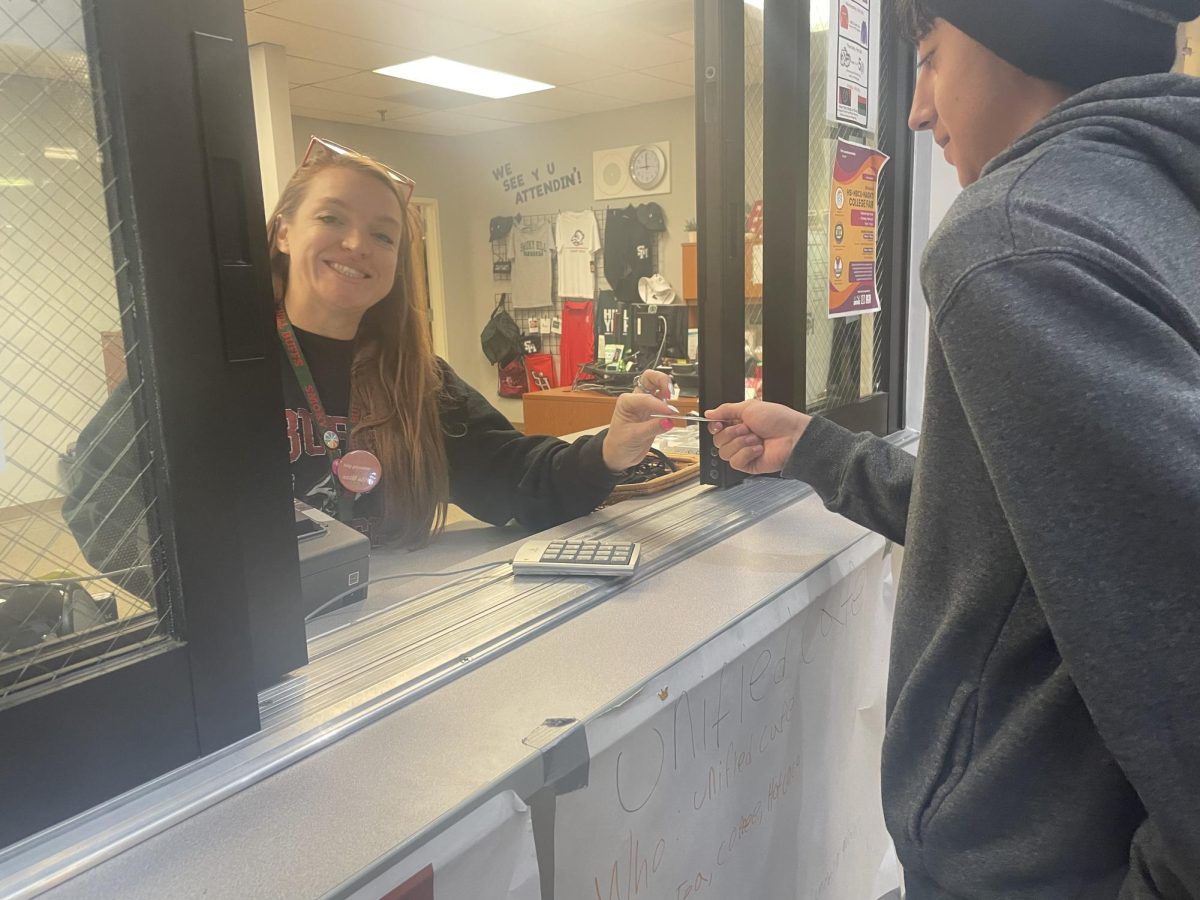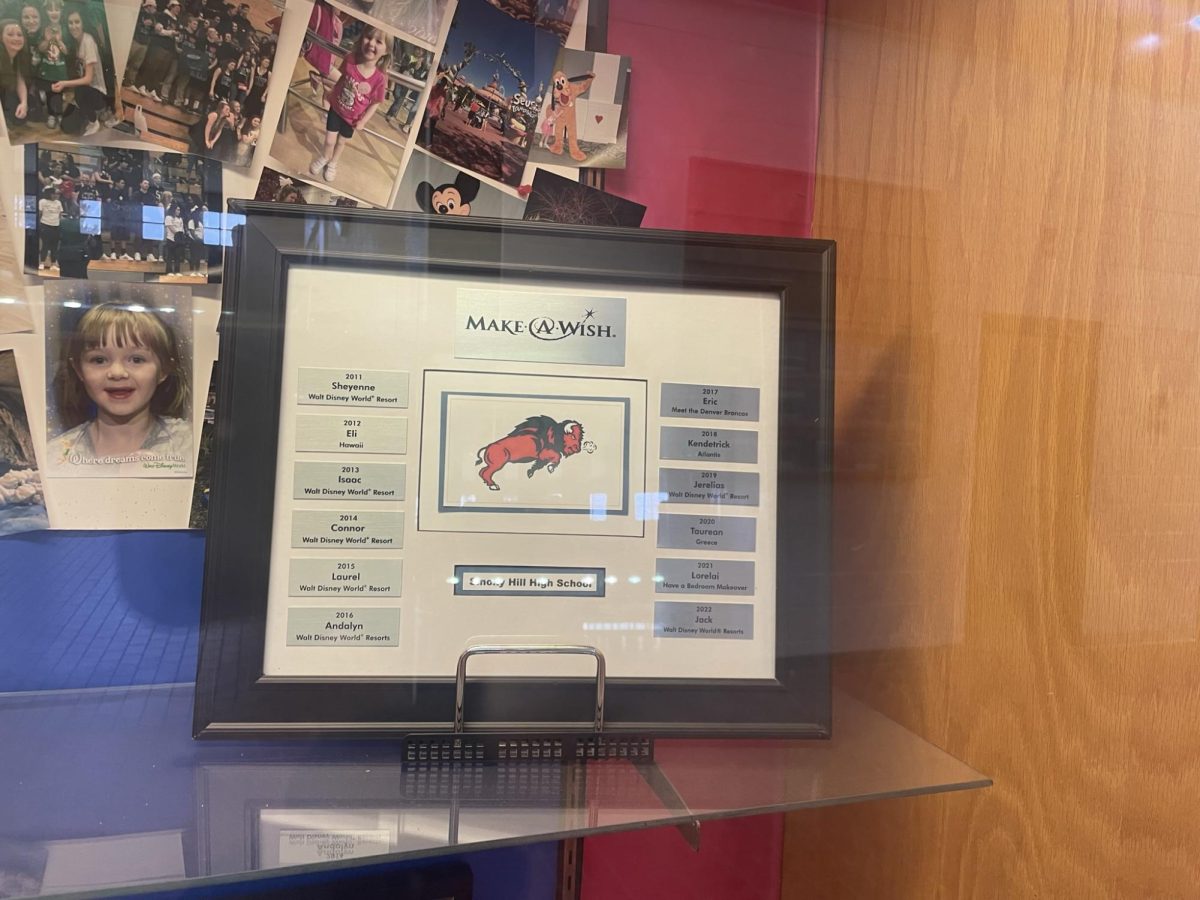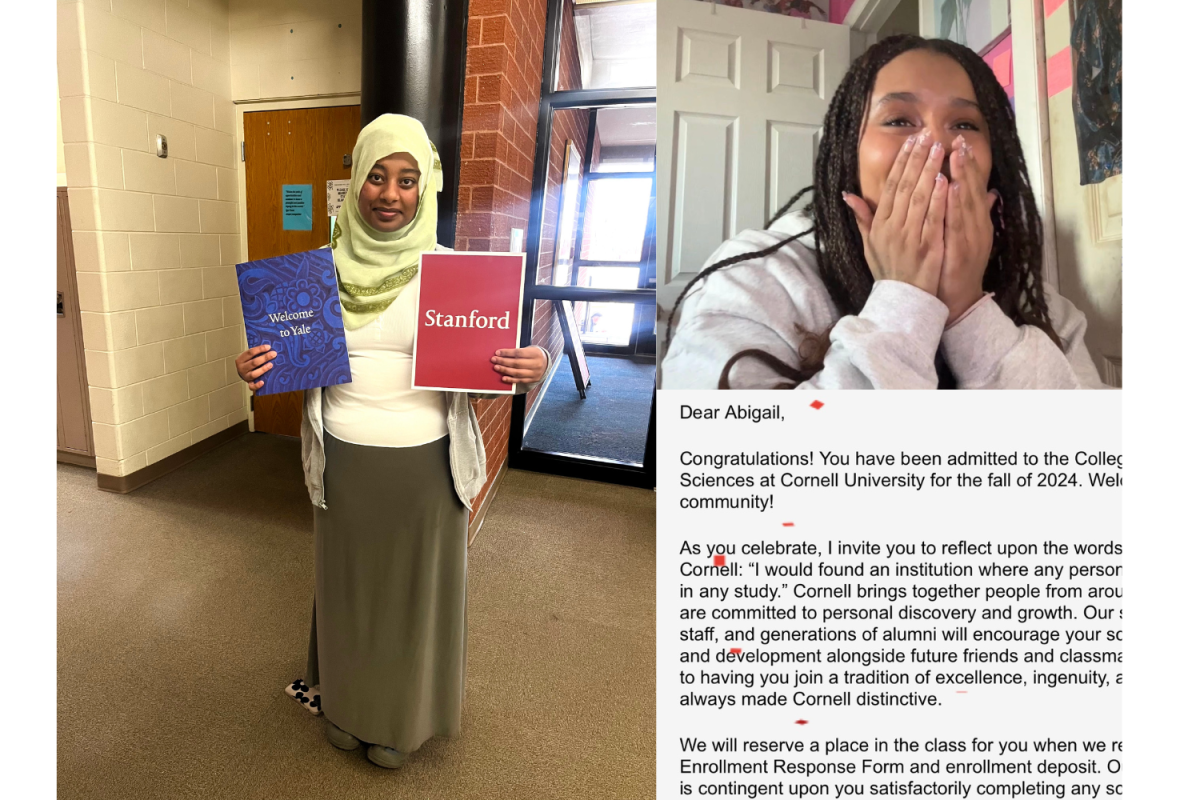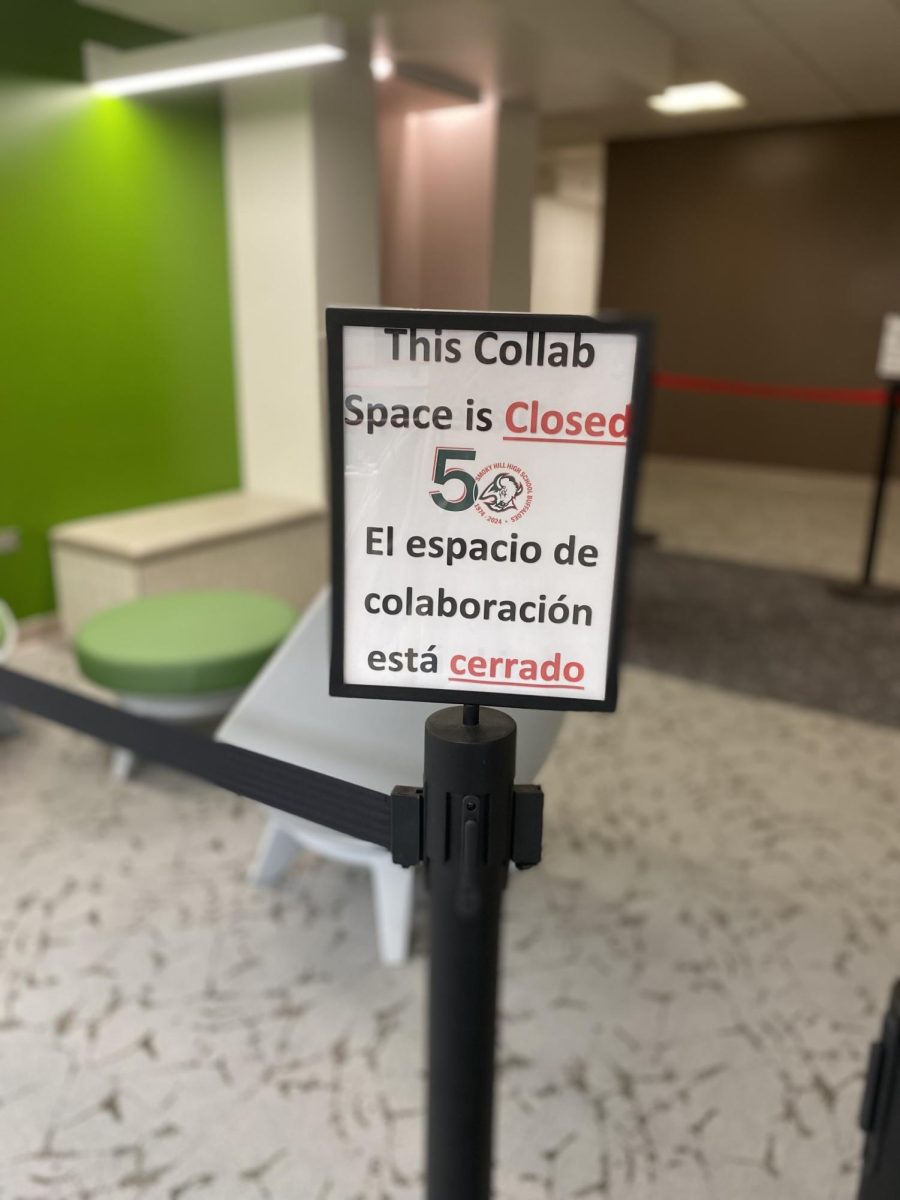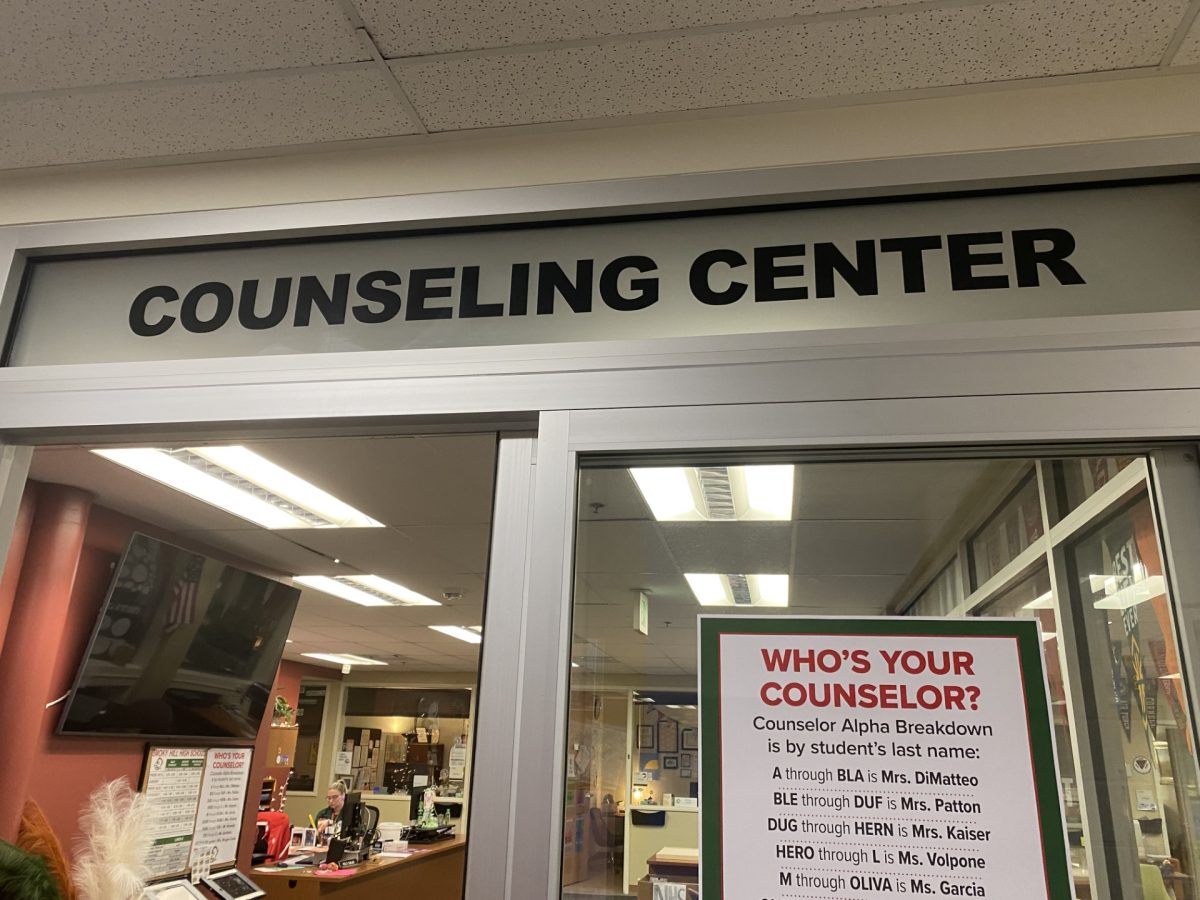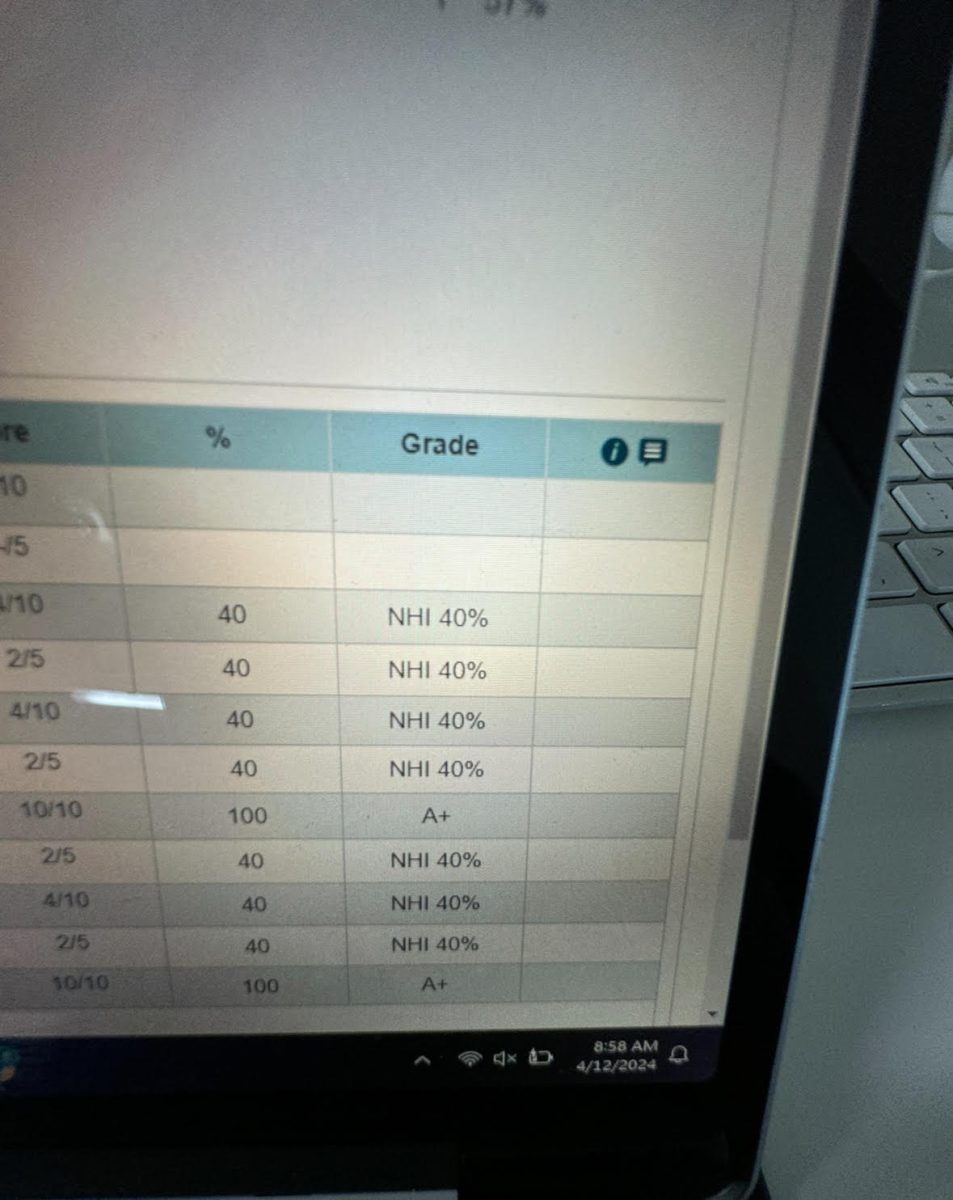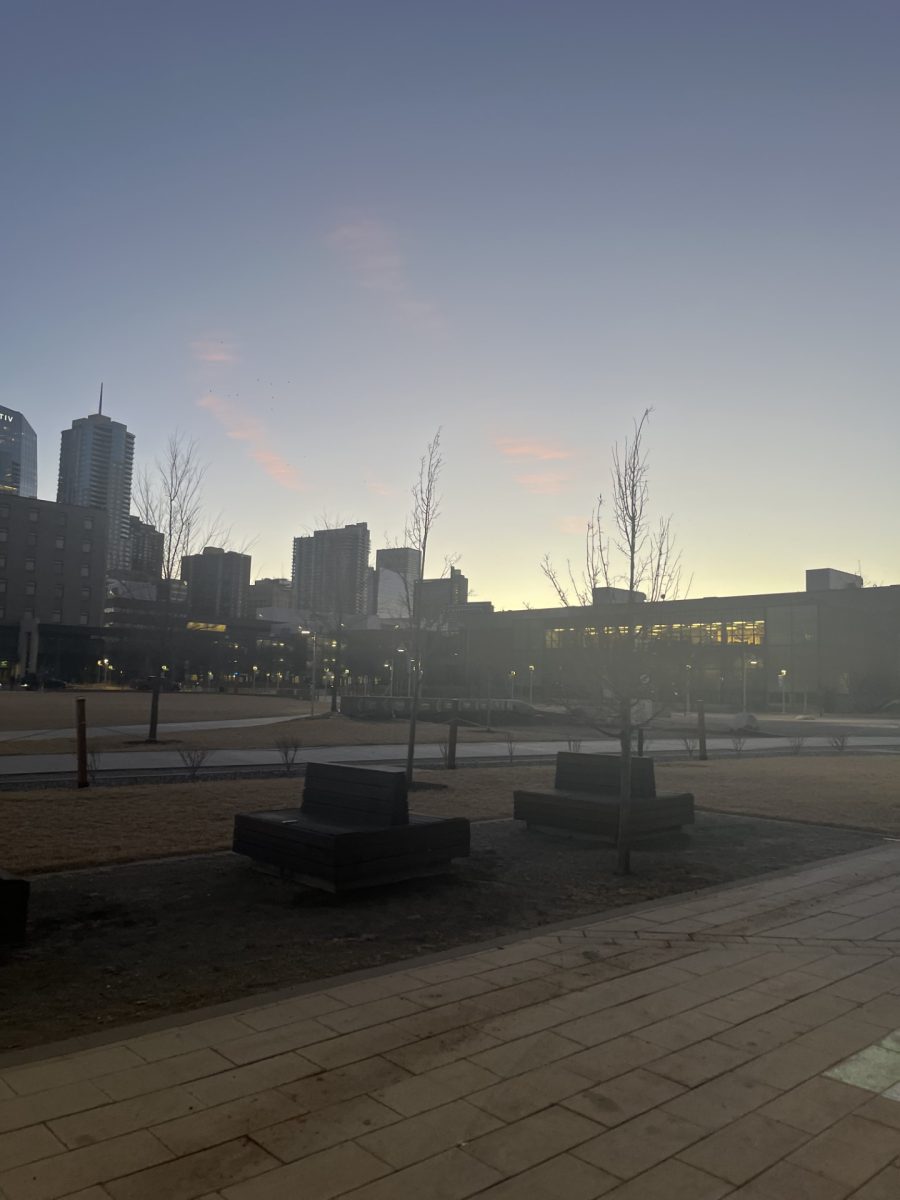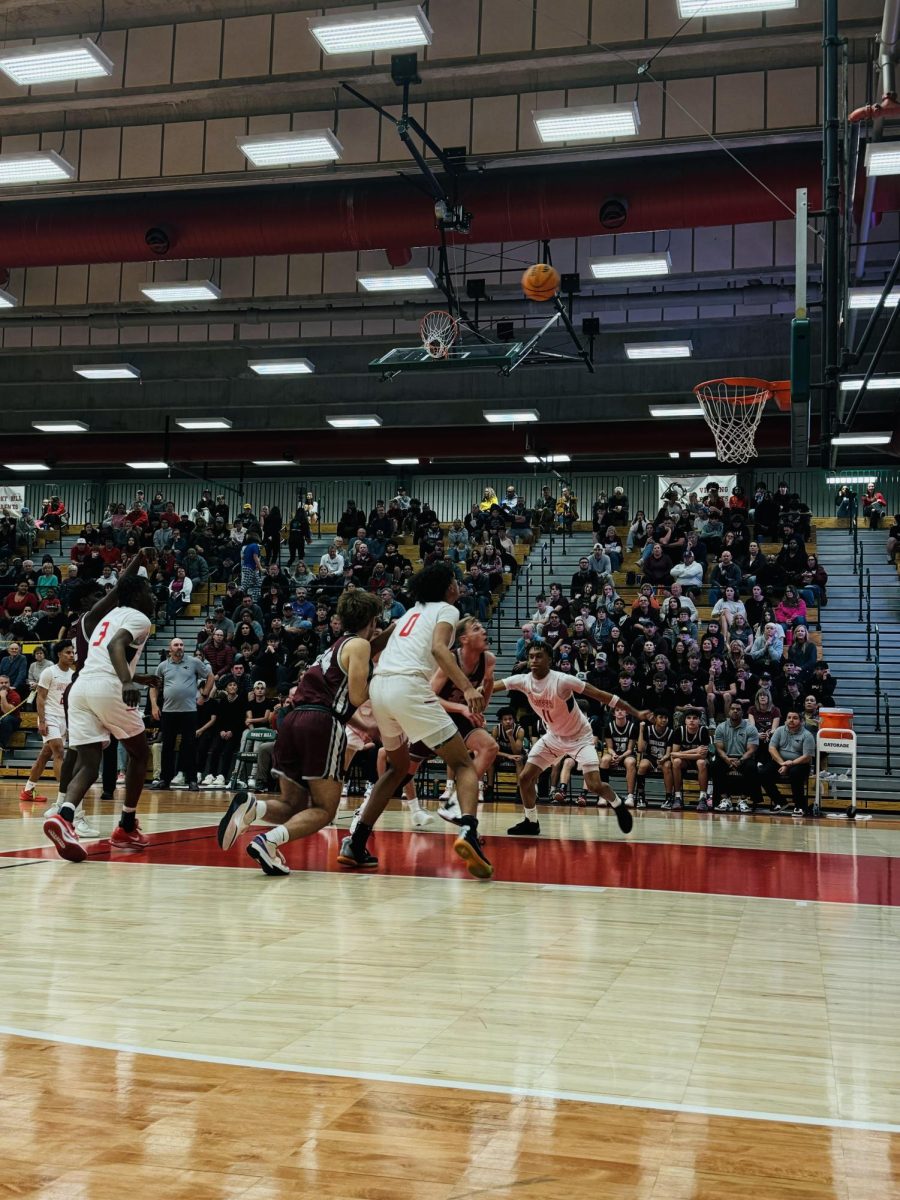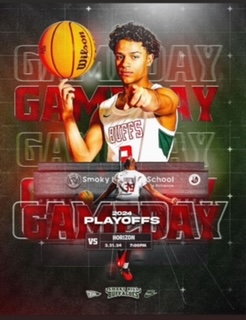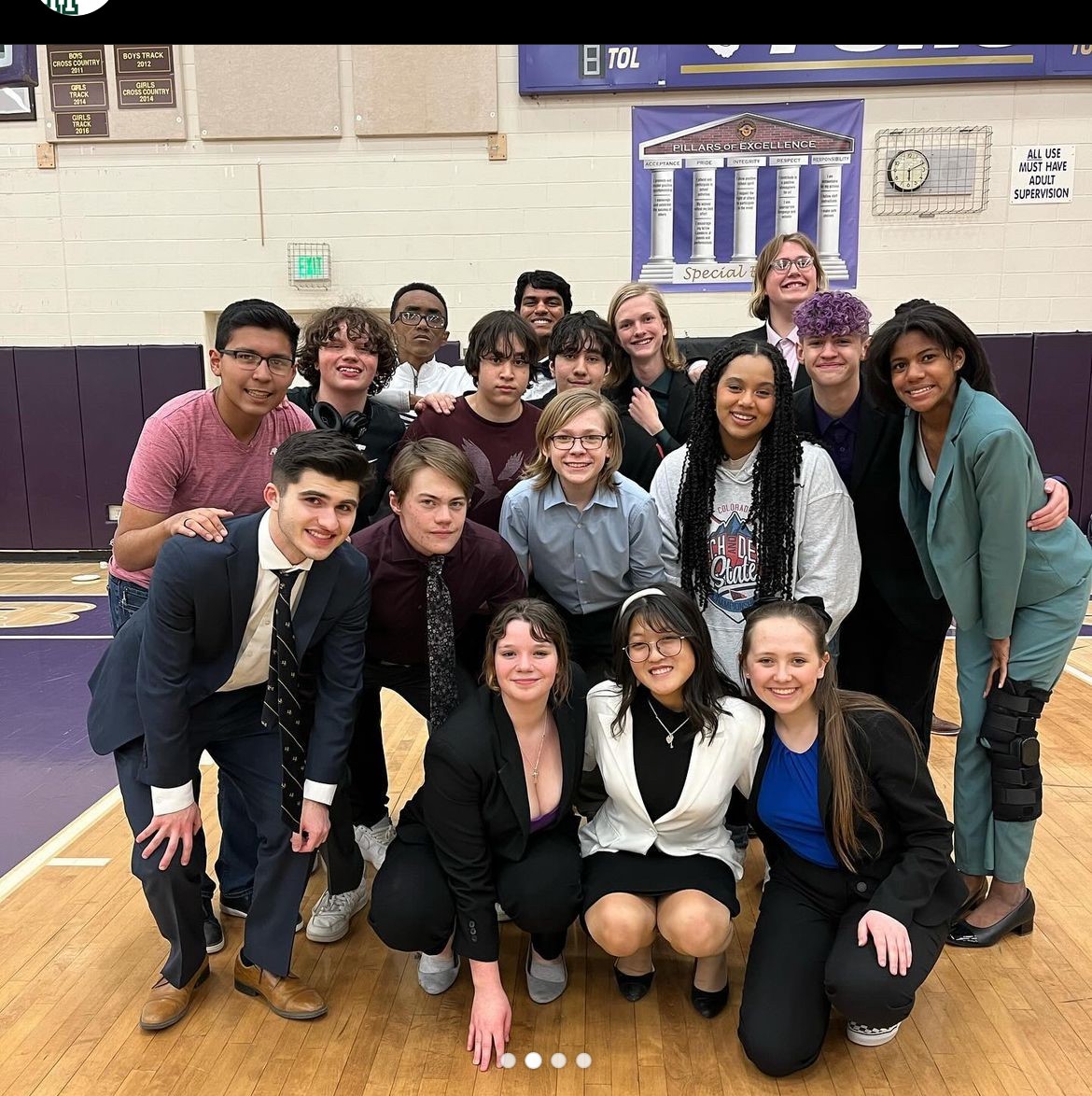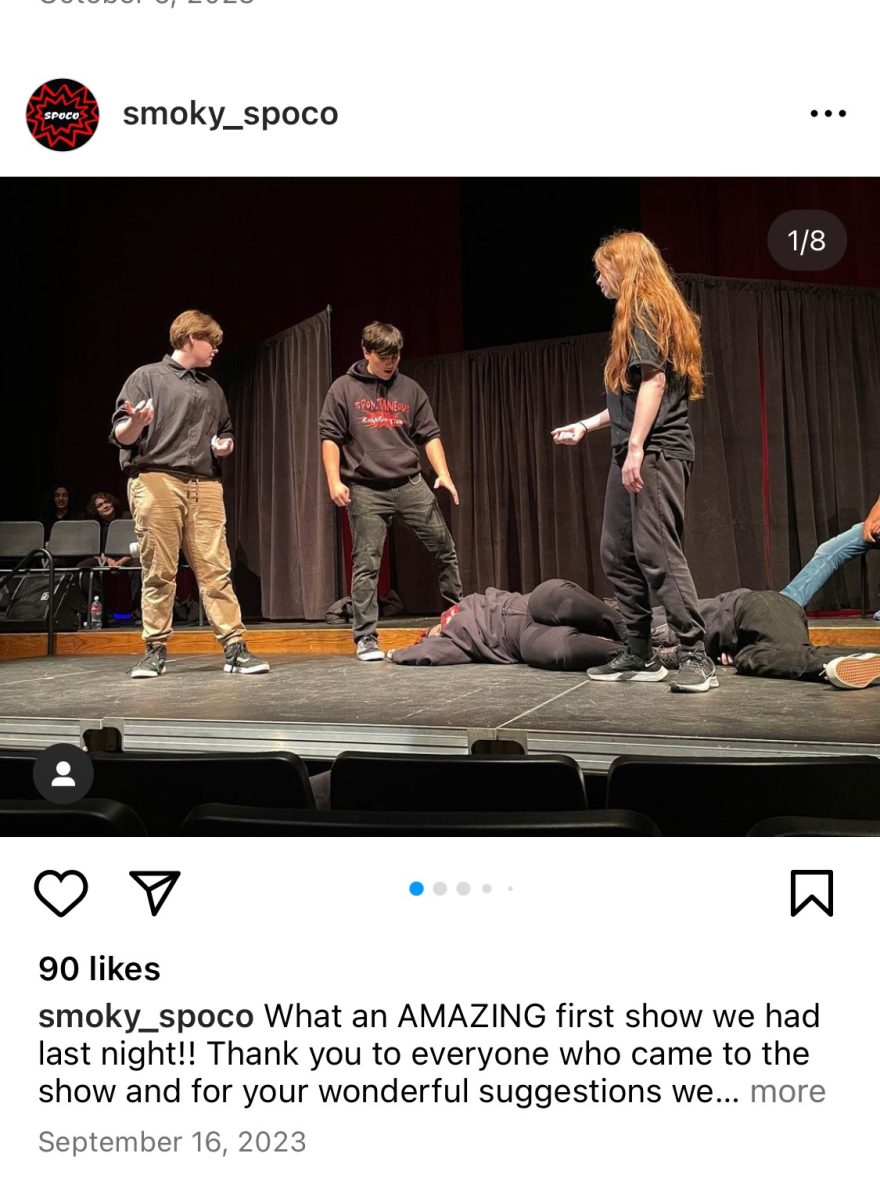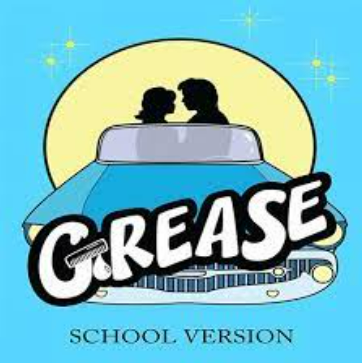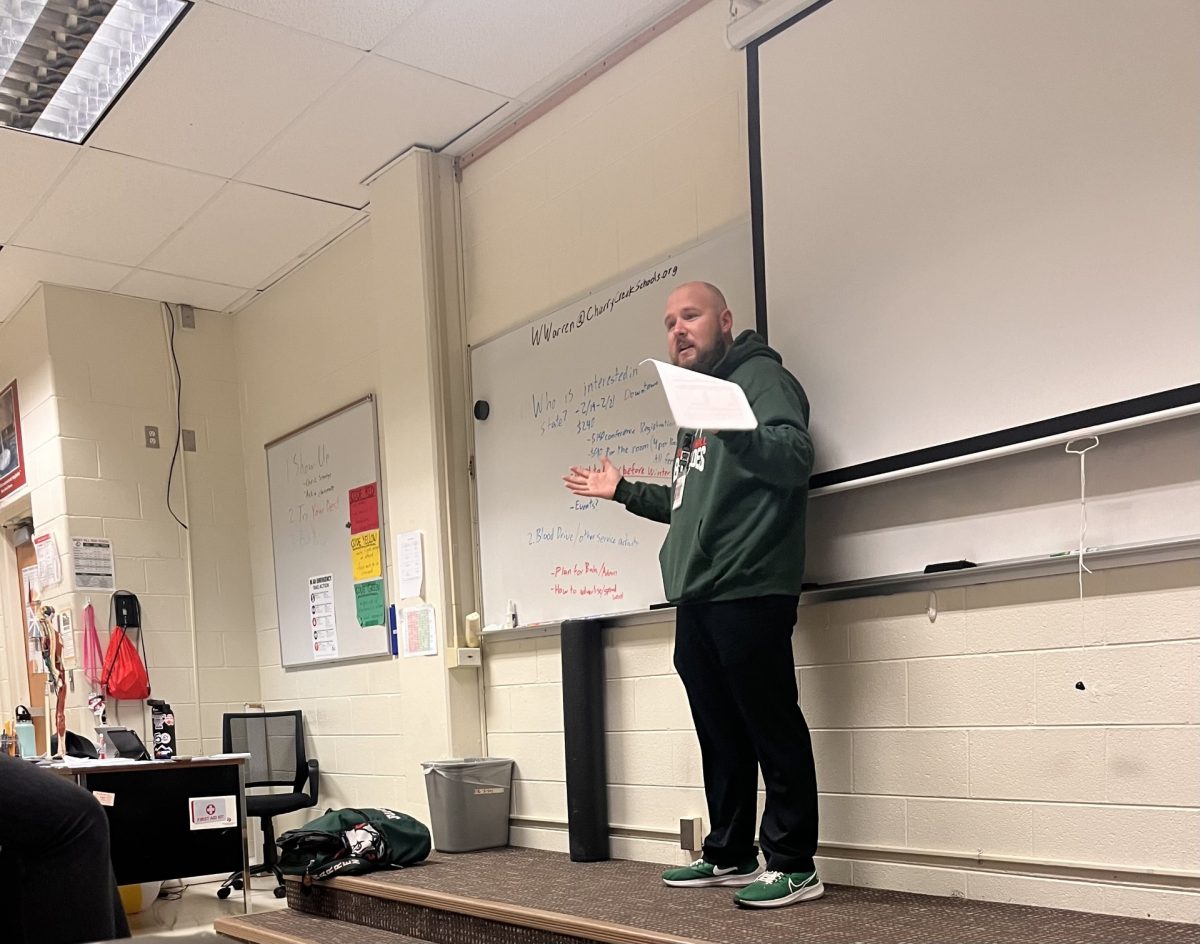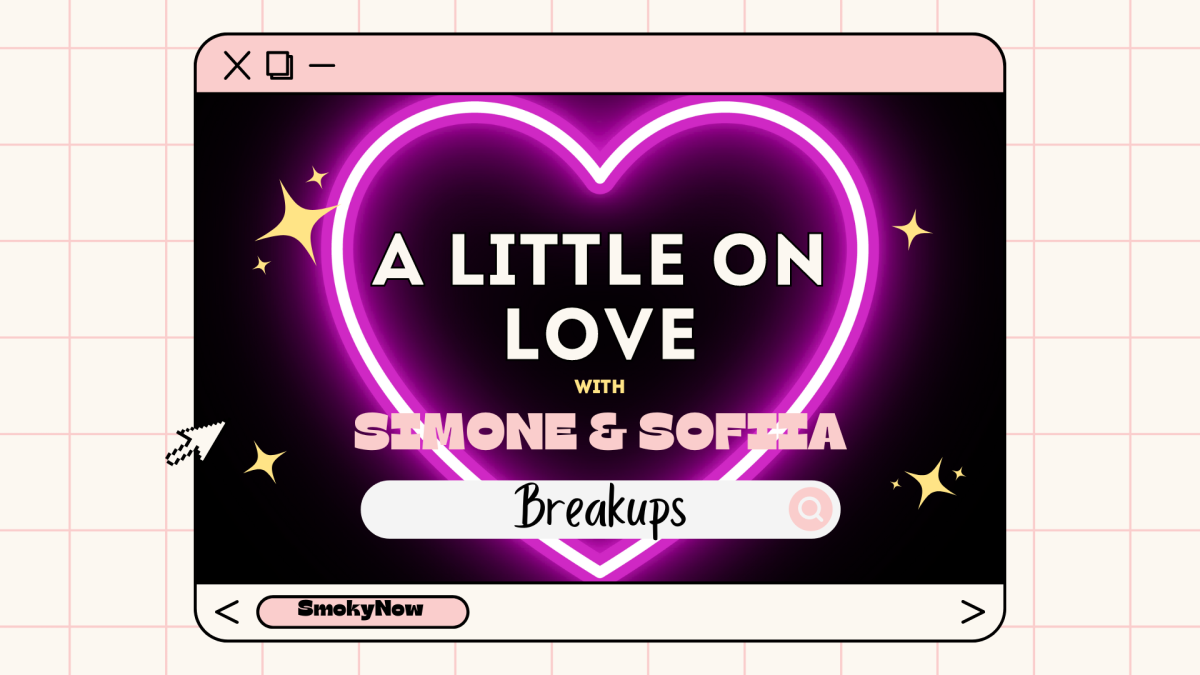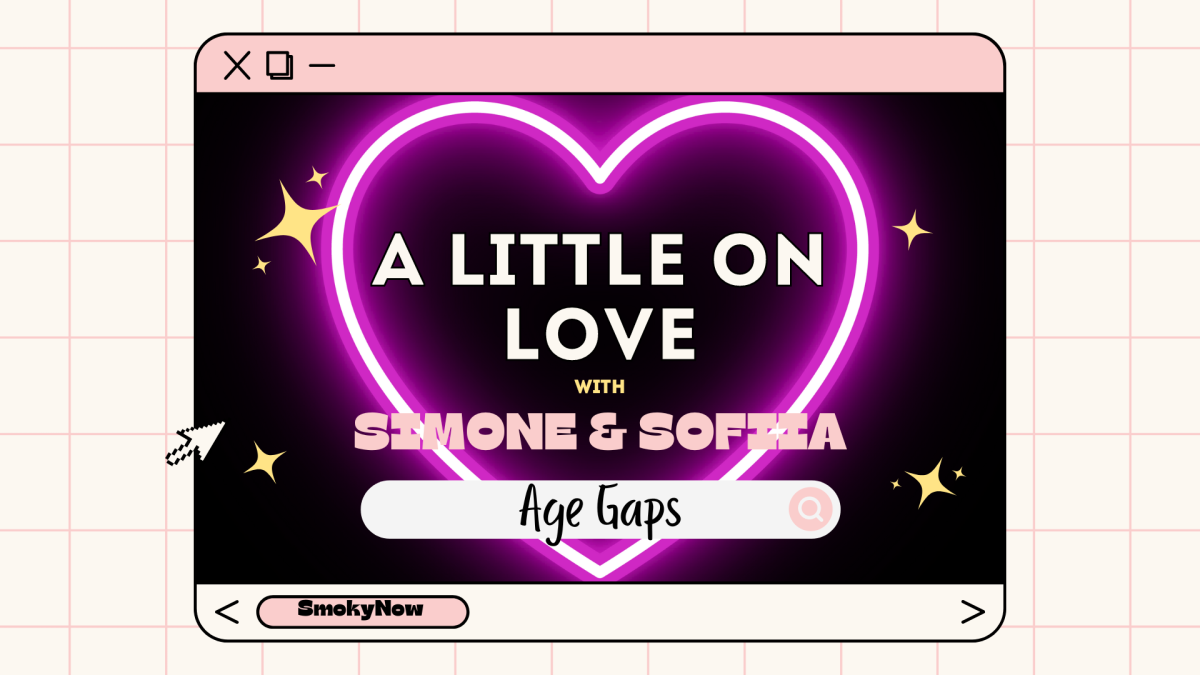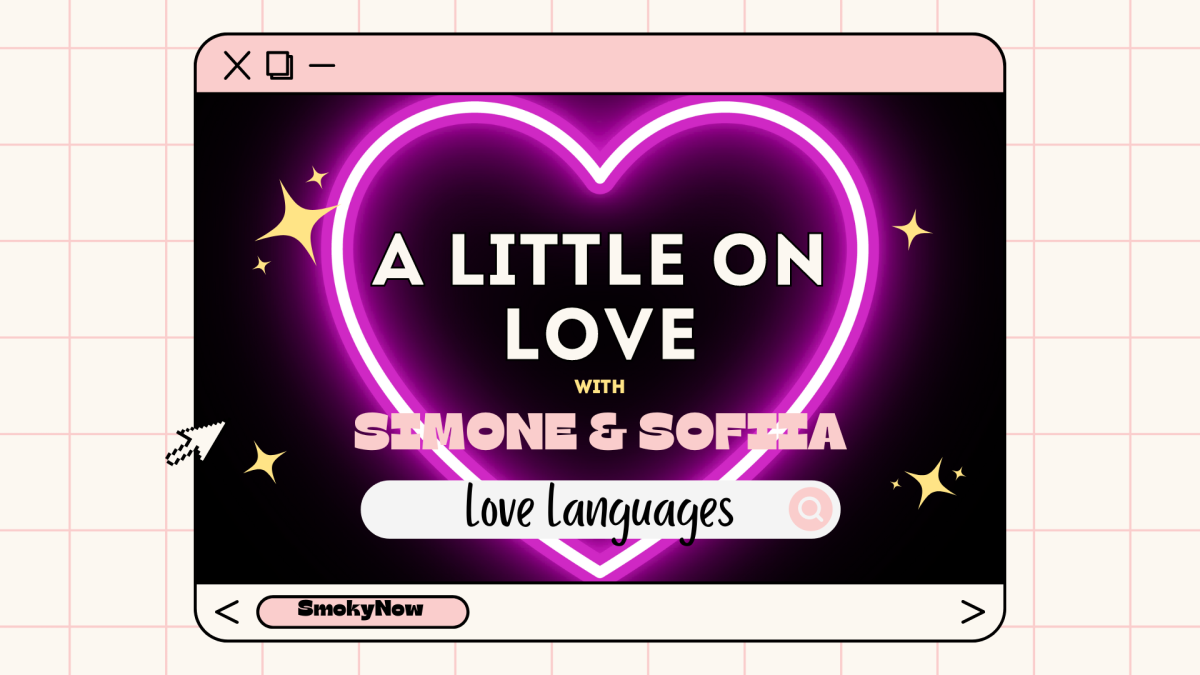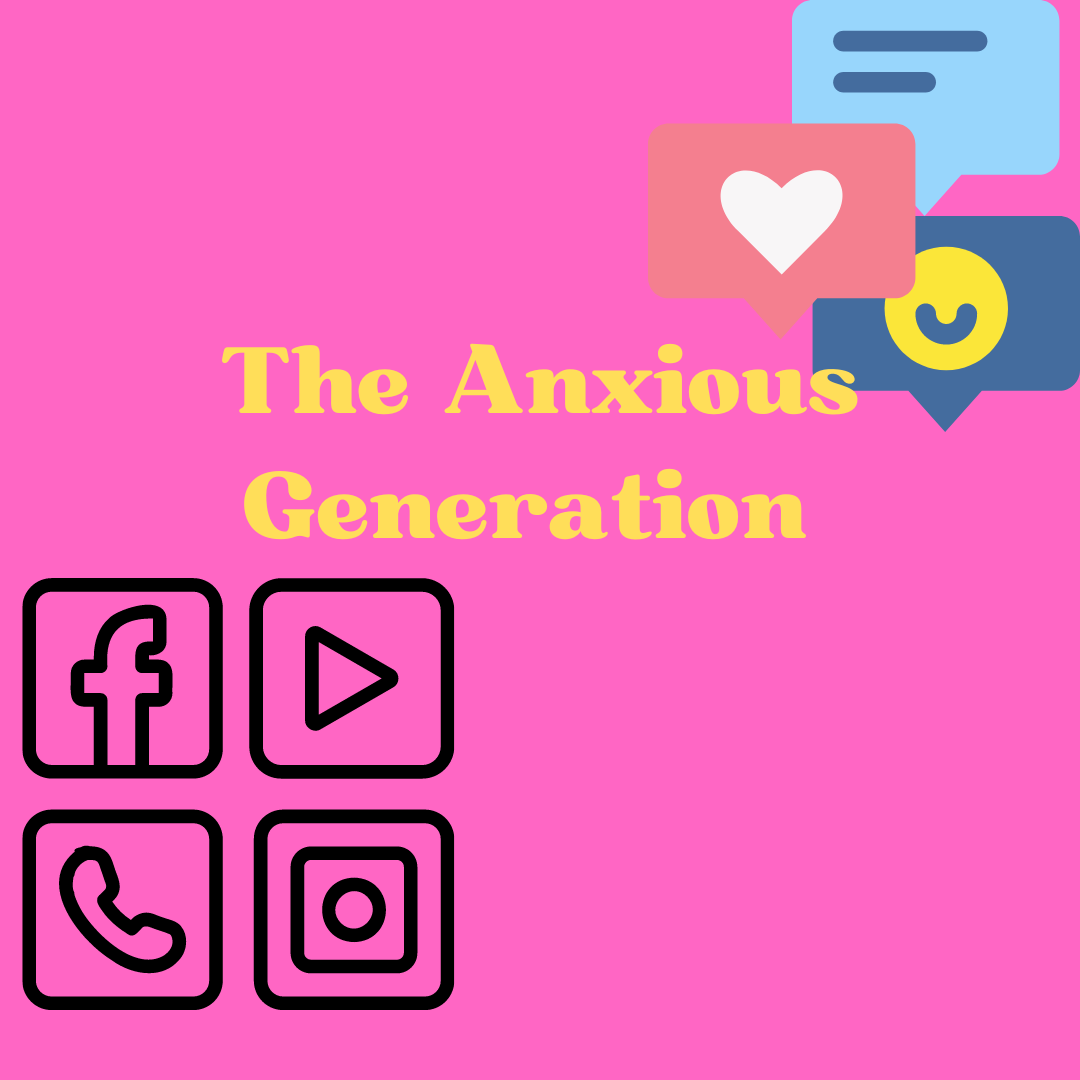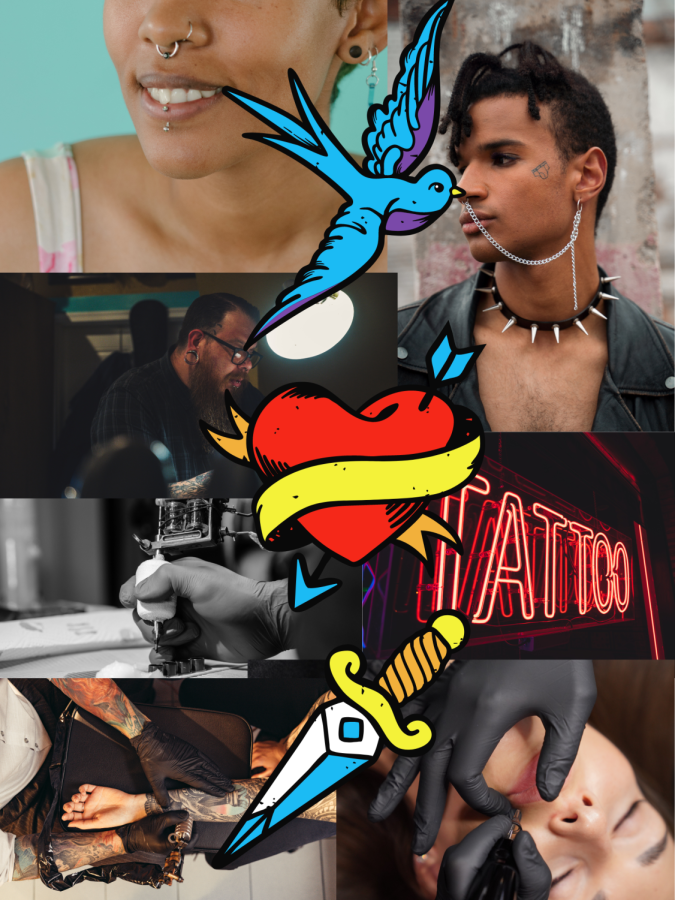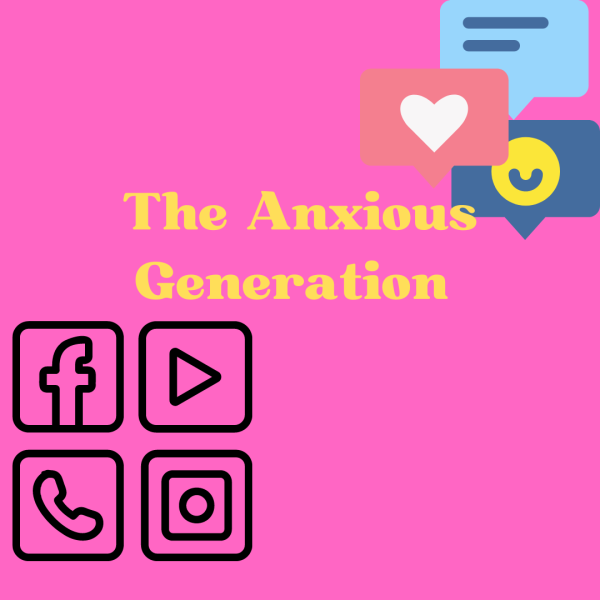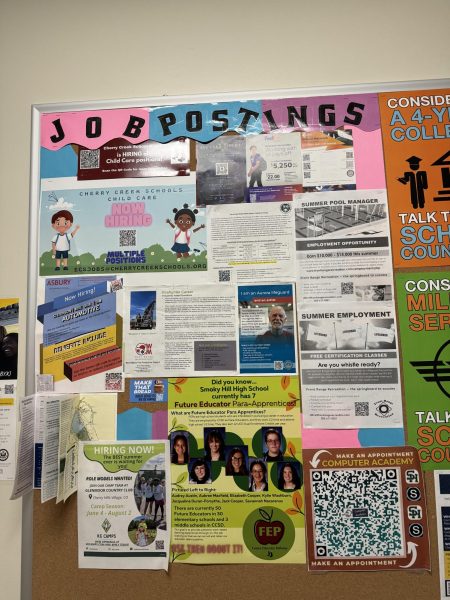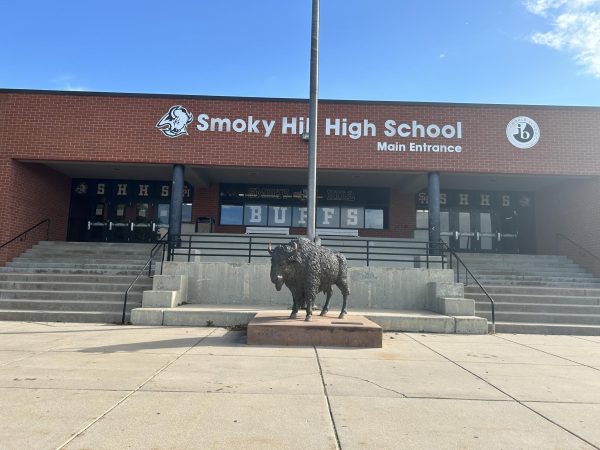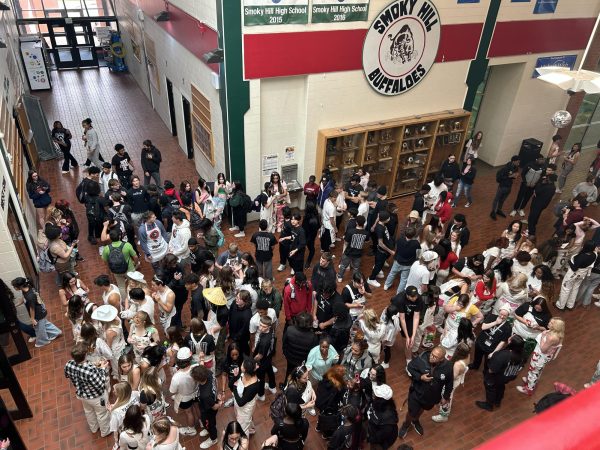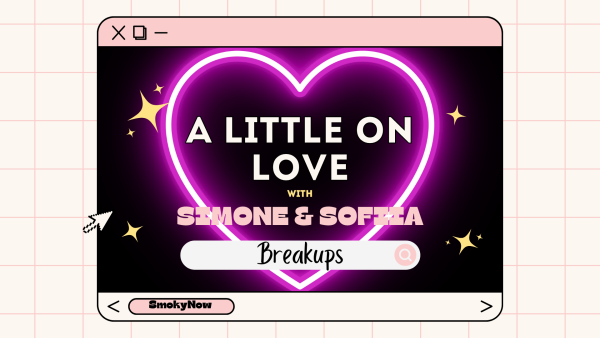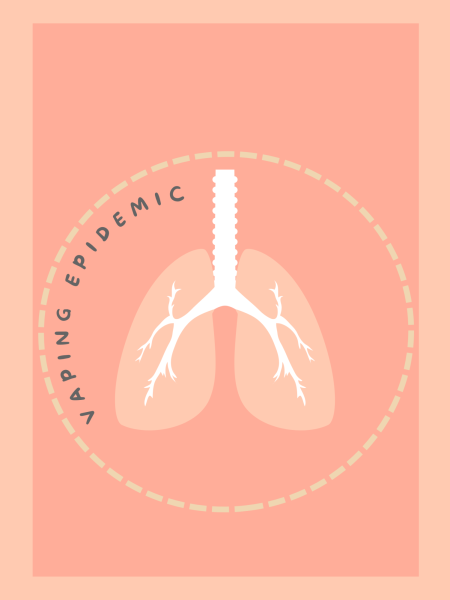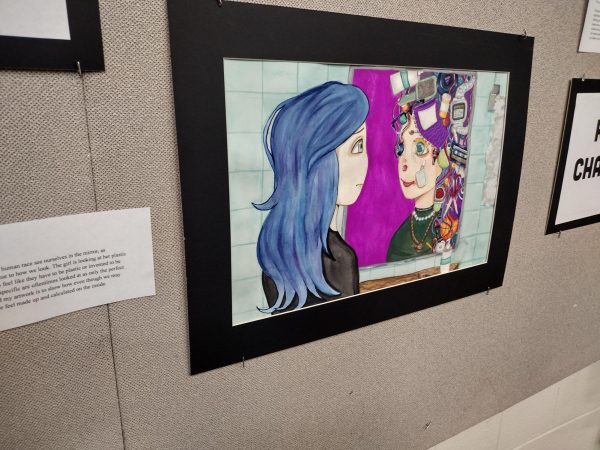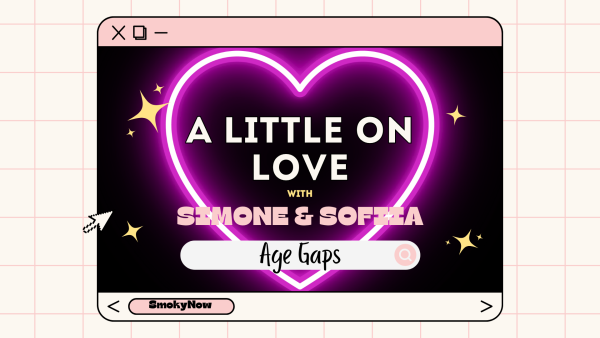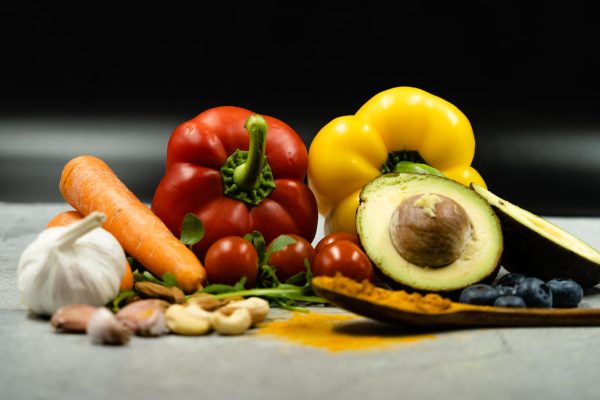Body Modification and Expression
A short glimpse into the extensive origins of body modification and its role in the student body
May 21, 2023
The practice of body modification has long been used as a cultural form of self expression. Religious, societal, and personal traditions play a keynote role in the determining factors for undergoing the process, which, accounting for heavy evolution, reaches back thousands of years into the past.
From the Jewish “brit milah”, a holy circumcision, to the spiritual tongue piercings of Aztec shamans performed in an effort to gain greater connection to the gods, religion has often become the crux of body modification. Catholic Croatian women, for example, used “sharati tattoos” of mortuary art and religious symbols to symbolically battle against the Ottomans who sought to enslave and convert them and who considered these images to be sinful.
The dedication of these women likely created a trend of using body modification as a form of rebellion against oppression. The 1960s spawned an assortment of new counter-cultural movements which, considering the tumultuous nature of the era, seemed more and more appealing to the youth of the time, increasing the popularity of tattoos and piercings.
But today the inspiration behind body modifications has largely shifted. With around 10 percent of Americans having tattoos today, they seem to have shifted into mainly a form of self-expression. Bradley University says that “while [tattoos were] once associated largely with criminality and deviance, today Americans are likely to see tattoos as a way of controlling their identities, expressing their creativity, and asserting their identity (Kang & Jones 2007).”
Considering the rising popularity and accessibility of body modification, a significant portion of the student body has undergone these procedures.
“I have three stick and pokes, I have a lotus flower, a heart, and then a funny face. And then my nose pierced, my bellybutton pierced, and six [piercings] on my ears,” Naomi Hare (10) said.
As well as the rise in body modification popularity showing itself within the student body, modern motivations also align with many hypotheses.
“A lot of its aesthetic,” Karri Cervantez-Mahieu (10) said. “I got my nose pierced because I feel like I look like my mom. I look like my mom so much. And my mom has her nose pierced,”
So, as well as a valuable form of self-expression, body modification can be a way to connect with loved ones, hopefully creating greater unity or remembrance of those connections.
“I feel like this [tattoo represents] what built me, it’s like what made me the man I am today,” Deshun McKinney (10) said. “By [showing] all like my responsibility, all my siblings, because I have all younger siblings,”
But what is had now is often not all that is to be, many who have these modifications have large hopes of getting more.
“My dad is completely covered in them and I think I would go down the same path,” Mahieu said. ” You know I really wanna get my vertical labret pierced,”
Tattoos and piercings, as well as other methods of modifying the self, are unlikely to fall out of fashion anytime soon, with their rich history and meaningful nature in the eyes of many likely to keep them as a fixture of society for as long as it remains.


